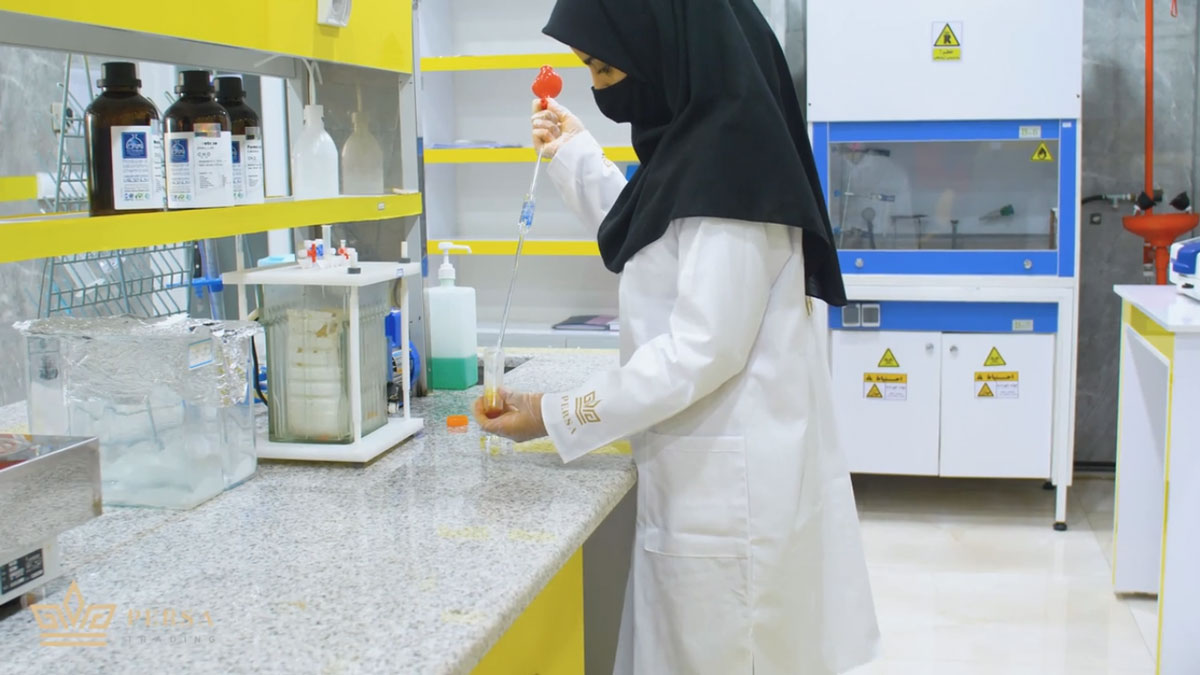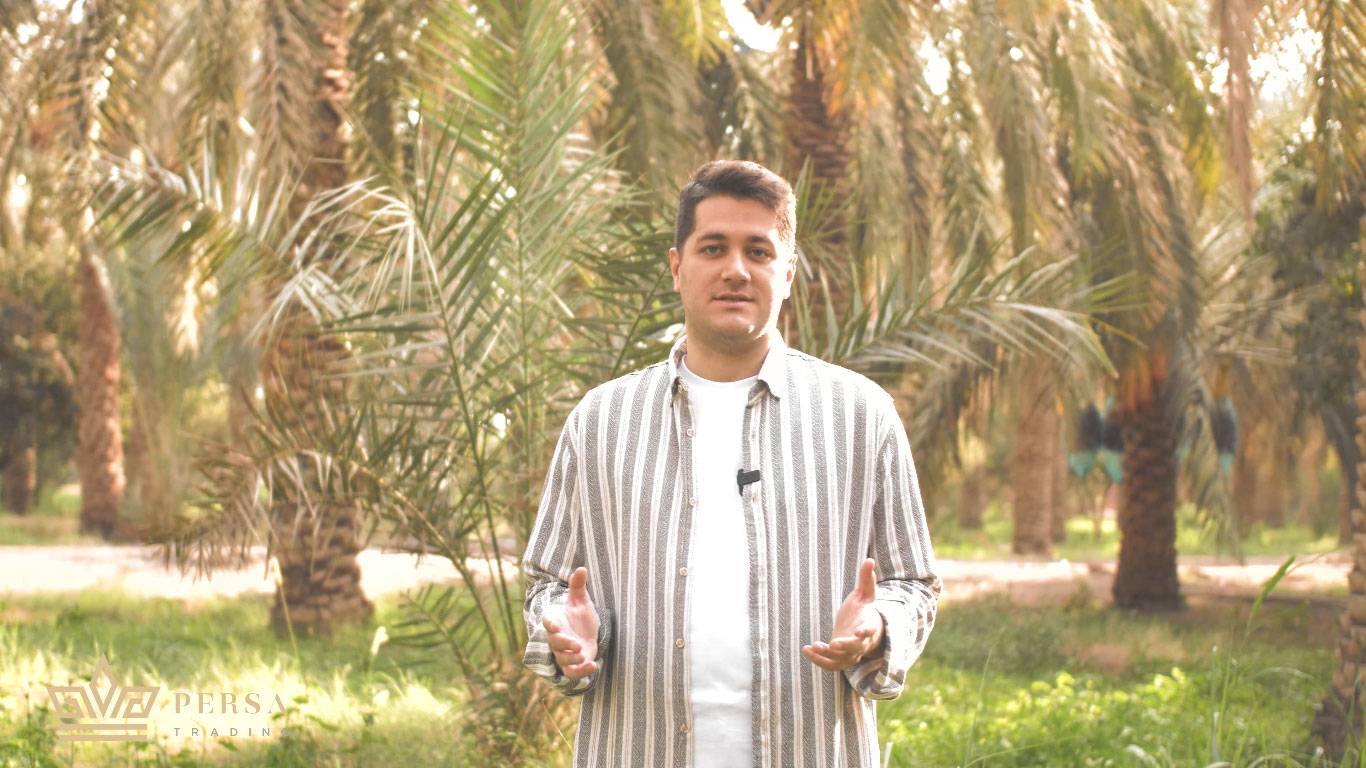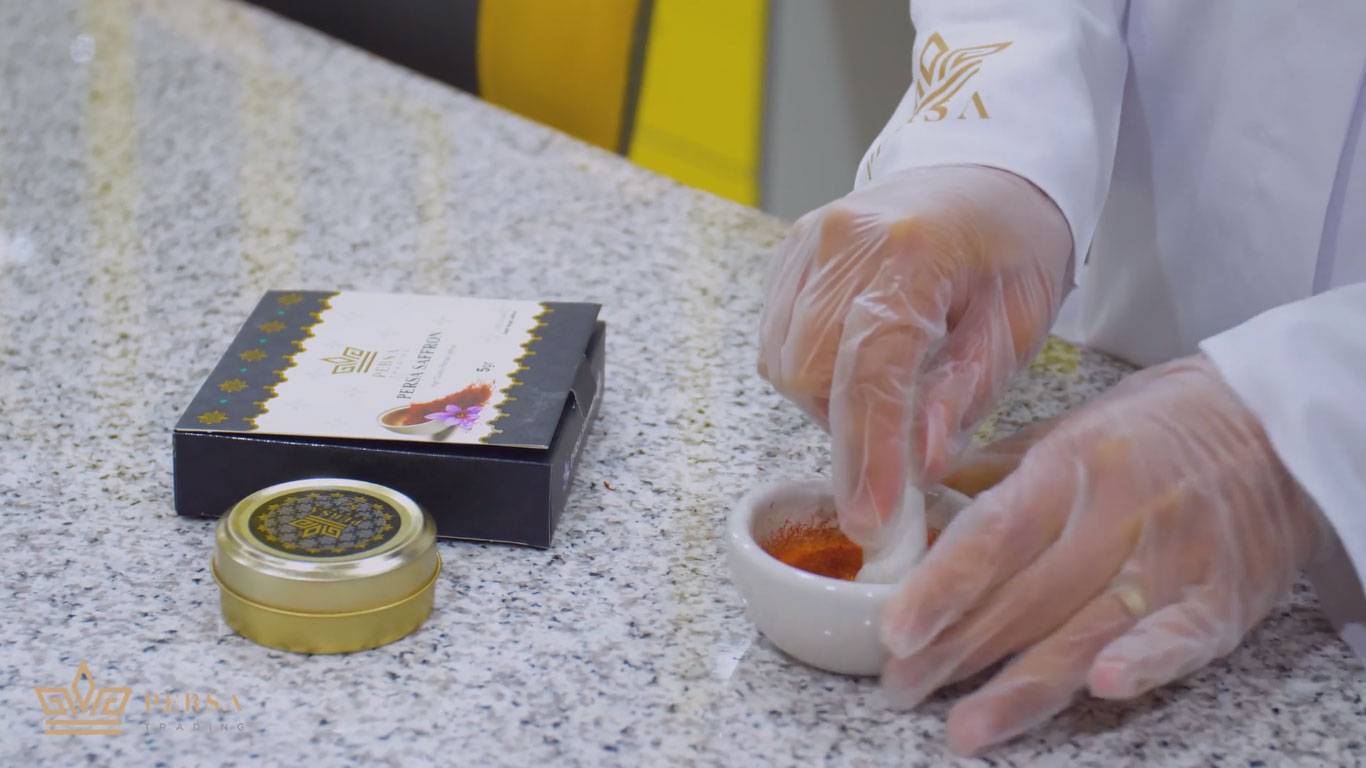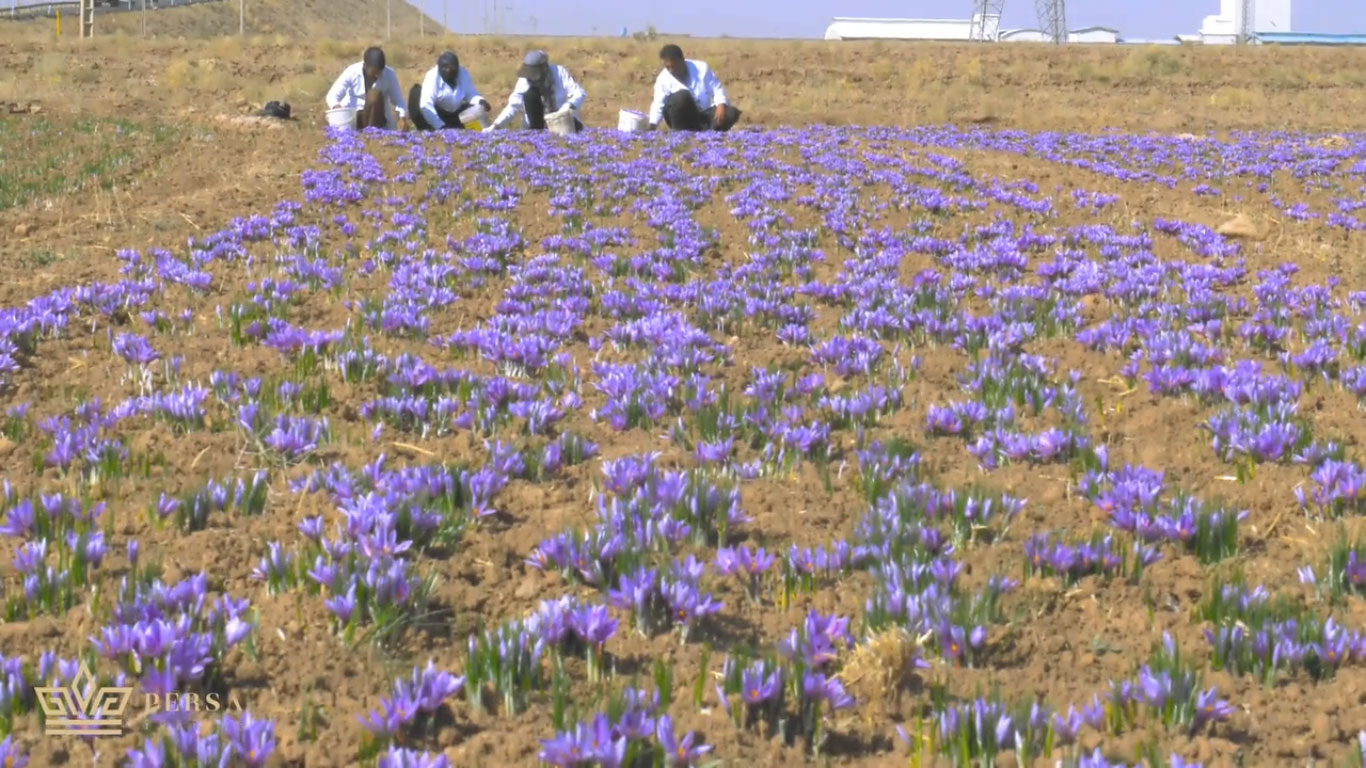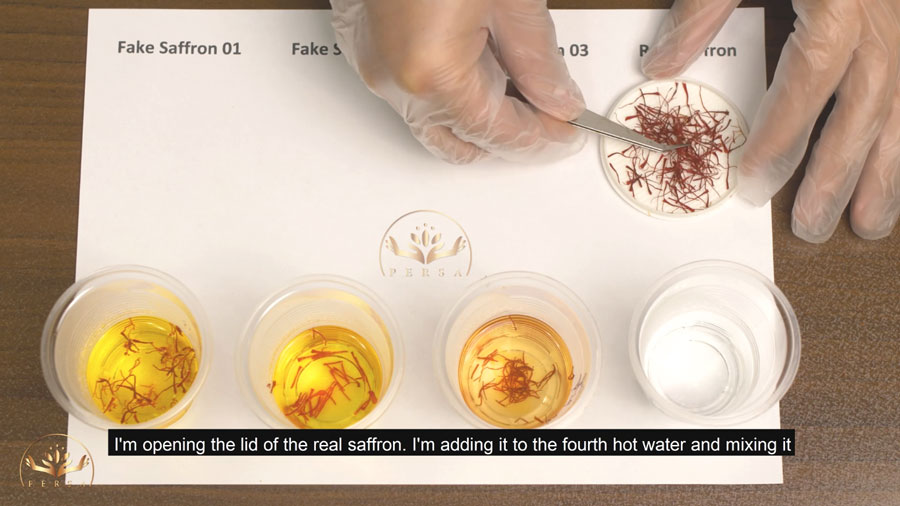What is the saffron added color laboratory test?
At Persa, we know the importance of being committed to the quality of saffron ordered from farmers or suppliers. To ensure that our customers receive only the finest saffron, we test the quality in our laboratory. One of the basic tests we operate is the saffron added color test, which allows us to verify the absence of chemical and artificial colors in the saffron. In this article, we will walk you through our precise testing technique, highlighting each step we take to distinguish natural saffron from fake ones.
Step 1: Preparation and Grinding
To begin the testing process, one of our skilled colleagues carefully grinds the saffron threads into a fine powder. This step is essential as it allows for accurate measurements and uniform mixing during subsequent stages. For the experiment, precisely 0.5 grams of saffron powder is required.
Step 2: Solution Preparation
Next, our expert prepares a solution by combining 25 to 40 cubic centimeters (CC) of pure water with saffron powder at a temperature of 60ºC. This carefully measured solution ensures optimal conditions for the subsequent steps of the testing process.
Step 3: Centrifugation
My colleague pours the solution into a test tube for centrifugation at 4,000 RPM for a duration of 10 to 15 minutes. Centrifugation separates any impurities or foreign materials from the saffron solution, allowing us to get a clearer solution for analysis.
Step 4: Filtration
To filter the saffron solution, our expert adds a small amount of Formic acid to aid in the filtration process. The solution is then poured into a cylinder containing polyamide powder and filter paper, utilizing a diaphragm pump to assist the passage of the solution through the filter. This step ensures that any remaining particles or impurities are effectively removed from the saffron solution.
Step 5: Thin-Layer Chromatography (TLC)
To detect added colors in the saffron, our colleague adds a small quantity of methanol, acetone, and acidified methanol to the saffron solution. This mixture contains the natural saffron color compound, Crocin. The resulting solution is then carefully applied to a Thin-Layer Chromatography (TLC) paper, which acts as a medium for identifying any added colors.
Step 6: Analysis and Interpretation
The TLC paper is placed in a tank and left undisturbed for approximately 45 minutes. During this time, the effects of the saffron solution on the paper become visible, potentially showing us added colors. However, it is important to note that the explanation of the observed colors depends on the solvents used in the test. Our colleague examines the TLC paper, analyzing the patterns and colors that appear to determine the saffron’s purity and authenticity accurately.
Conclusion:
At PERSA, we are sensitive to supplying high-quality and healthy products. By doing lab tests for added color and color strength, we supply our customers with pure natural saffron. With our commitment to quality control, you can trust that the saffron from PERSA Trading is authentic, pure, and of exceptional quality.
